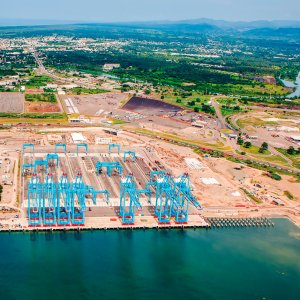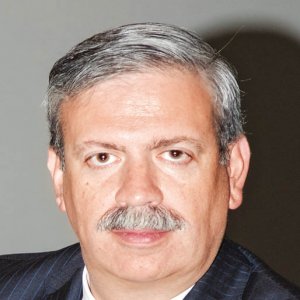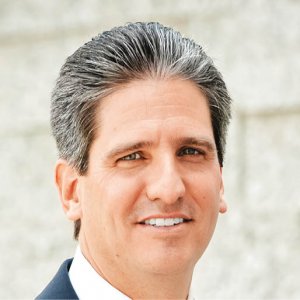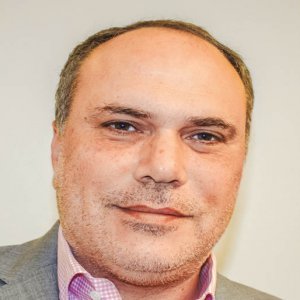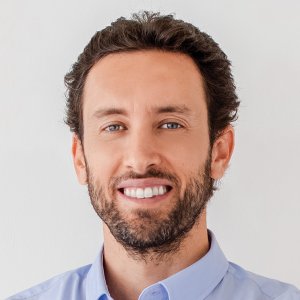Funds Help Bridge Real Estate Gap

STORY INLINE POST
Q: What is your financial plan to continue expanding and maintaining a competitive advantage?
A: We are a manager of closed-end funds focused on commercial real estate, principally retail centers, and over the course of our 12 years we have developed 72 projects. The first 49 projects were sold according to the exit strategy of the first three funds. We do not operate these projects, we develop them. The first three funds were raised with international capital.
We raised a CKD in 2012, which is completely invested, and we want to close our new CKD in the third quarter of 2016 to raise new capital with Mexican pension plans. This is a similar structure to the closed-end funds in that we cannot keep theasset because our investors need their capital to be returned. This is a way for investors to access the development risk and premium that real estate development brings to the market.
Fibras are one of the potential exit strategies for us and they have been extremely attractive. However, we do not work with them in the development process. We build the portfolio and when that is completed we have the option to collaborate with a Fibra. As has happened in other jurisdictions, new participants and developers will come along due to the increased liquidity Fibras have brought to the market. This was one of the main question marks over real estate investment in Mexico because there were attractive yields but the exit strategy was sometimes called into question. Now, other participants will take part and remove the monopoly from the Fibras by buying smaller portfolios and creating more balance in the market.
Q: How could CKDs be improved to attract more investment?
A: The CKD was created in an ingenious way by the authorities, as they used an existing structure to get around the legislation that prevents pension funds in Mexico from investing in private vehicles. In essence, a CKD is a publicly traded vehicle that never trades. It has been evolving and has given rise to CerPIs as a new vehicle for investment. At the moment, CKDs are a work in progress, both for the pension funds and the authorities. Hopefully, we will reach a system that bears more resemblance to the US Master Limited Partnership (MLP) agreement. Since the original instrument was formed, it has improved in leaps and bounds.
Q: How can developers and the government work together to bridge the infrastructure gap?
A: The process begins with basic infrastructure that allows for job creation. The infrastructure continues to grow for several reasons, the first being the transition from the informal to the formal sector. The other is the growth of a middle class with more disposable income. The only way to continue this cycle is through job creation, which goes hand in hand with infrastructure. This is because people will seek higher quality real estate and more disposable income means more retail space.
When the city’s space is exhausted, this gives way to a cycle of improvement whereby old buildings are torn down to construct higher quality structures, a phenomenon that can primarily be seen in Manhattan. In Mexico City’s Reforma, this is also beginning to occur. The government’s role lies in the creation of basic infrastructure like roads and public transport, as these factors must be in place to foster the growth of retail, real estate and commercial structures.
Q: What have been the main real estate trends MRP has identified?
A: There is still a real need for basic infrastructure in small cities as well as on the outskirts of towns. In larger cities, we are seeing several trends. One is the increase of mixed-use projects as a matter of convenience and cost, especially in a chaotic city like Mexico City. This complements the other trend of increased demand for convenience and new options for smaller shopping centers that do not require great amounts of effort to access. Although large shopping centers can be convenient because they have everything under one roof, in instances when consumers know exactly what they want, these smaller centers can mitigate stress levels. There is a growing middle class in Mexico and we should make a great deal of effort to make sure this growth continues.

